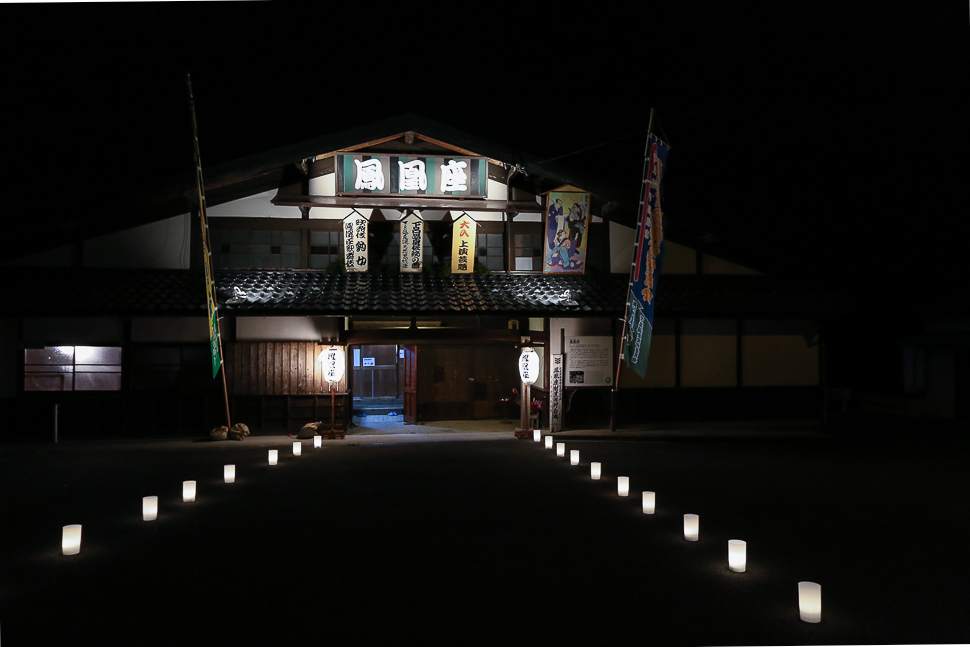Local Kabuki in Gifu Prefecture
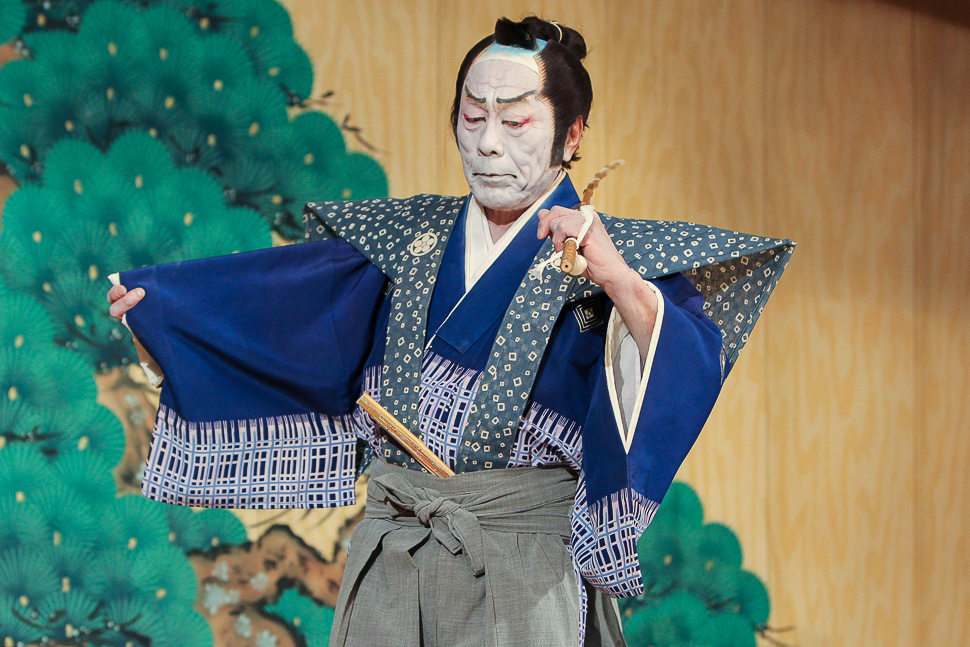
Gifu Prefecture is typically associated with the traditional old town of Takayama and the world heritage site of Shirakawago with its gassho-zukuri thatched-roof farmhouses. In my latest trip to the prefecture, I deviated from the usual Gifu sightseeing route and went straight for one of the prefecture's best kept secrets.
A little-known fact is that Gifu is home to the largest number of local kabuki groups in Japan. Kabuki is a traditional Japanese form of theater that is rich in showmanship and has also been designated an intangible cultural heritage by UNESCO. Kabuki costumes and make-up are elaborate, and the old-fashioned Japanese language used is complemented with exaggerated movements so that the audience can understand what is going on. Kabuki plots are like dramatic storytelling depicting historical events, moral conflicts, tragedies and well-known stories. I am sure that going to a kabuki theater (shibai-goya) back in the day is akin to going to the cinema in modern times.
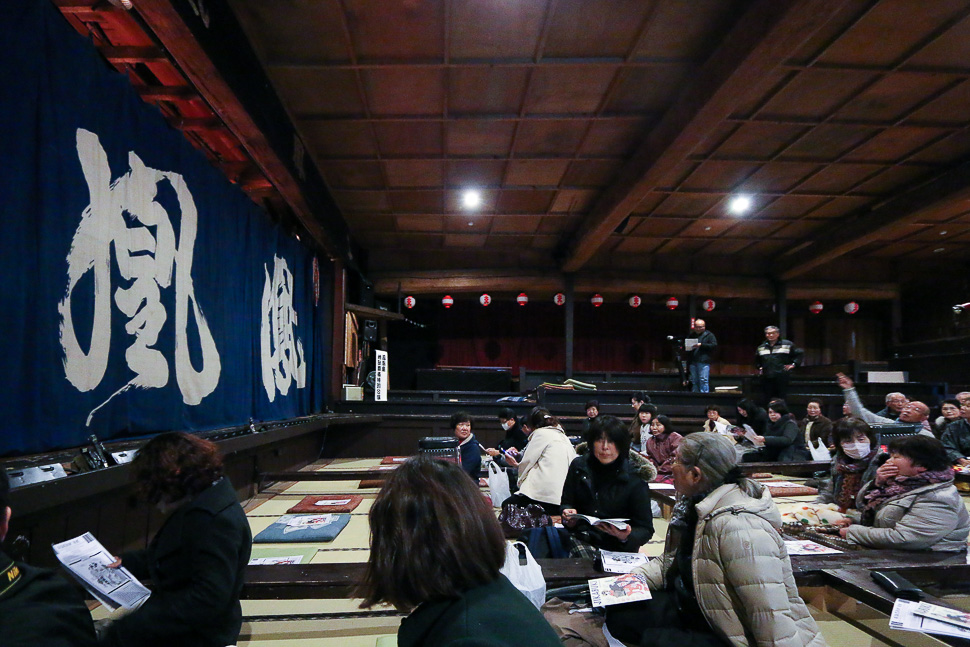
Local kabuki (jikabuki) is the perfect introduction to this traditional art form. Beautifully preserved, old theaters can be found in various parts of the prefecture, and jikabuki plays are still performed there. Best of all, there are a handful of kabuki performances that offer translated, subtitled explanations of how to enjoy and participate in a kabuki performance. As a first-time kabuki-goer, I found the explanations exceptionally helpful to appreciate the experience and understand what was going on. Attending a jikabuki performance at a local theater also offers a more intimate encounter with the traditional art form as the venues are smaller compared to the kabuki theaters in the big cities, and visitors have a chance to get closer to the actors.
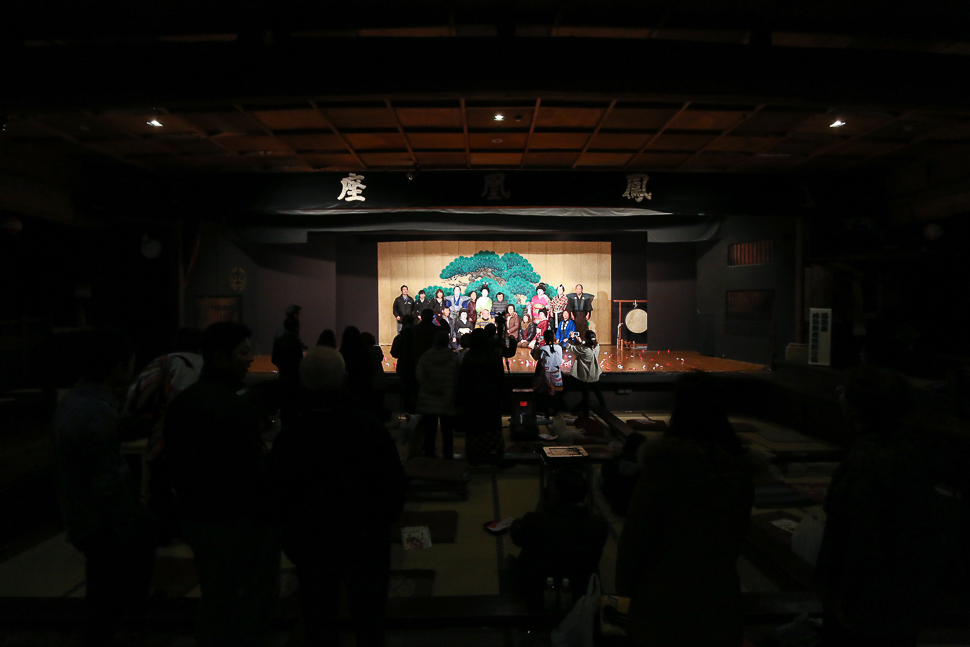
I spent my time in Gifu taking in everything kabuki-related during the day, watching a jikabuki performance in the evening and spending the night at Gero Onsen. It was a great experience learning about this traditional art form and being able to relax in the hot waters at one of Japan's three top onsen. The first half of my trip consisted of a visit to Aioiza, a museum and kabuki theater combined, about a 20-minute drive from Mizunami Station on the JR Chuo Line. Aioiza is made up of two former kabuki theaters built in the Meiji Period (1868-1912), and the pieces were brought over and reassembled on its current location. Most of the traditional design has been preserved and a few modern conveniences have been added.
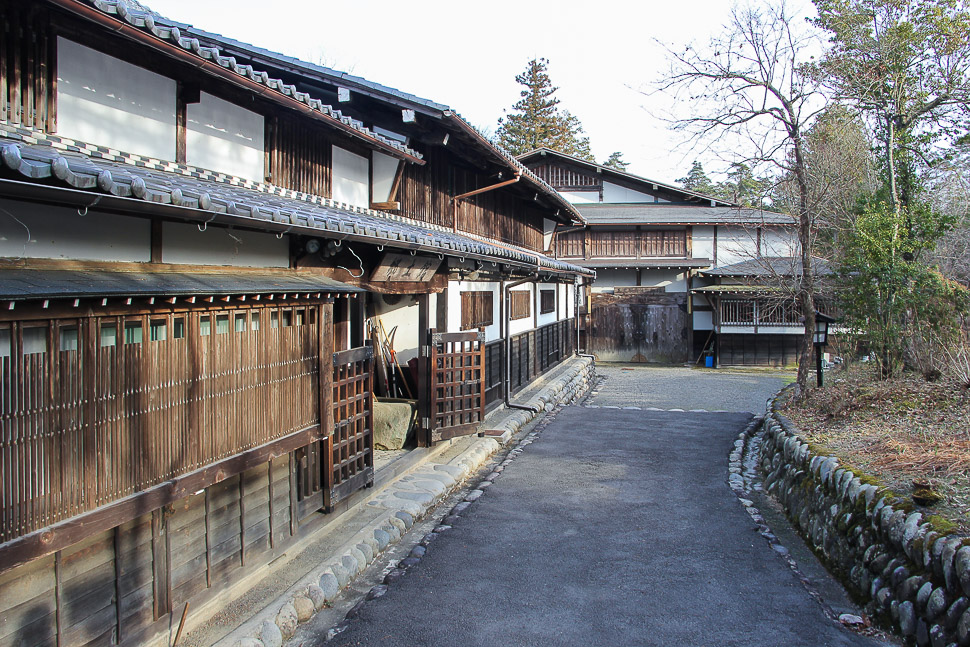
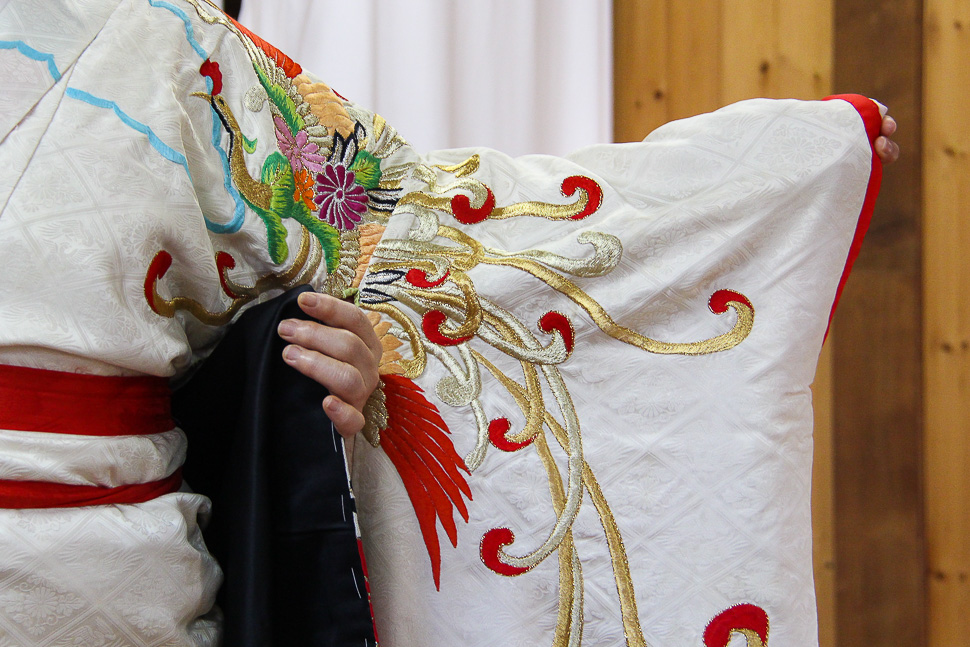
Not far from the kabuki theater stand two other old buildings that were relocated and reconstructed here. One of them used to be the honjin of a post town (i.e. the accommodation where the highest-ranked people would spend their nights while traveling). It is now used as an accommodation for contemporary travelers who want to have an all-inclusive traditional kabuki experience.
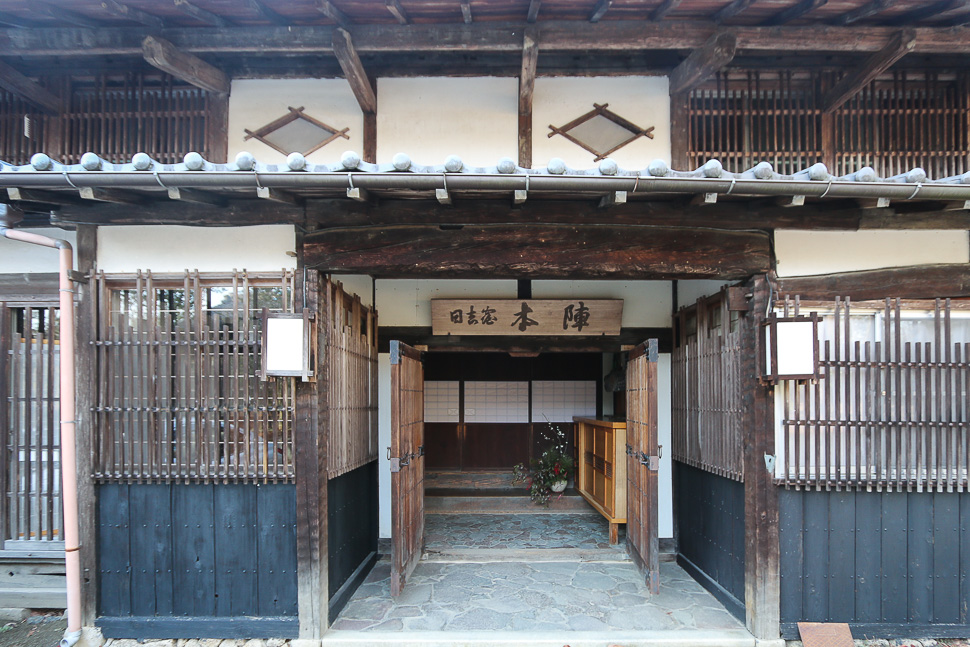
The curator of the museum, Oguri-san, gave me a tour of the theater, explaining its history and pointing out the different architectural elements. The theater features a rotating stage which allows for quick set changes. There are also two hanamichi, passageways linking the back of the theater to the main stage through the audience, that are set at an obtuse angle and give the illusion of distance. This is unlike typical kabuki theaters which feature only one hanamichi perpendicular to the stage. Being a traditional theater, there are no chairs, and the audience sit on cushions on the ground. The seating area is also sloped so that those sitting farthest from the stage will not be blocked by those sitting right in front.
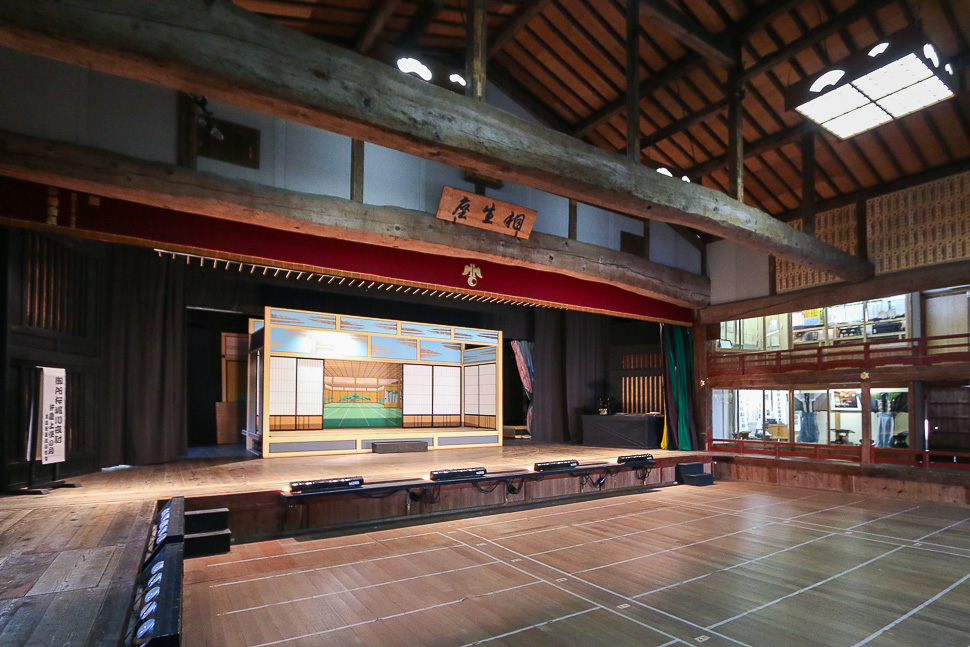
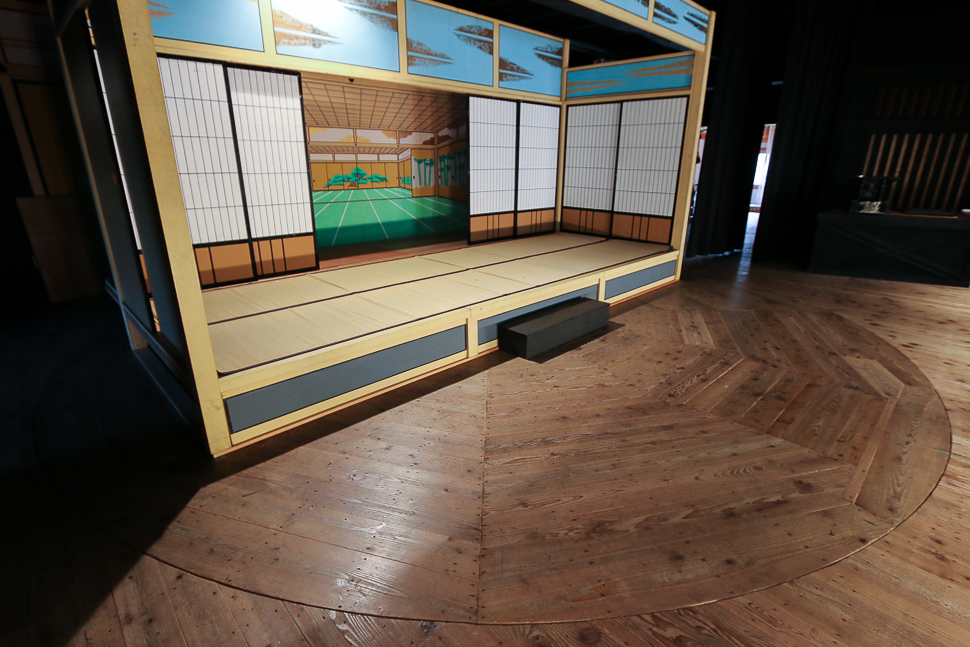
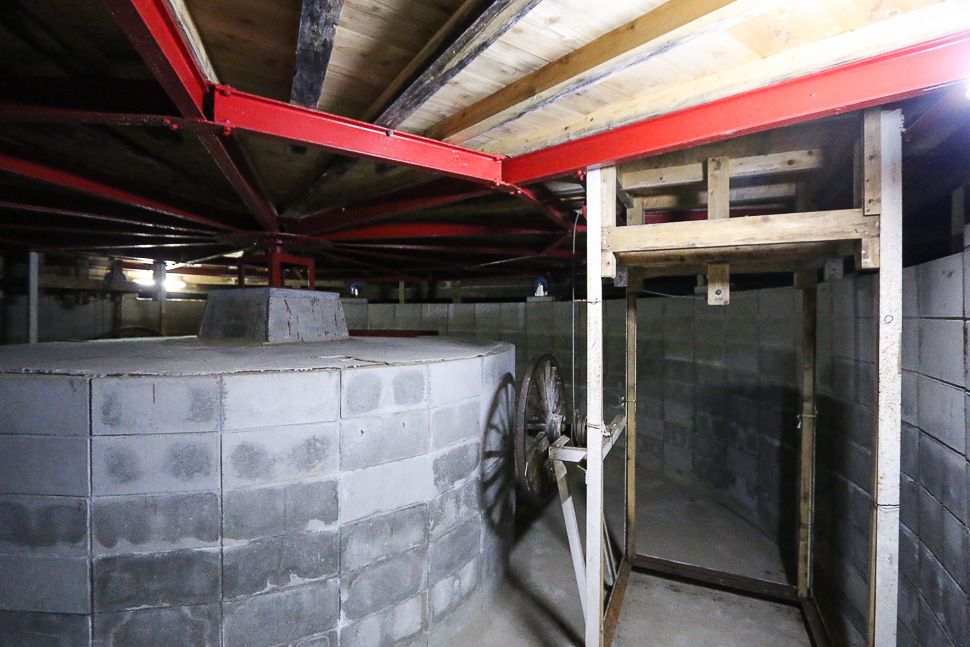
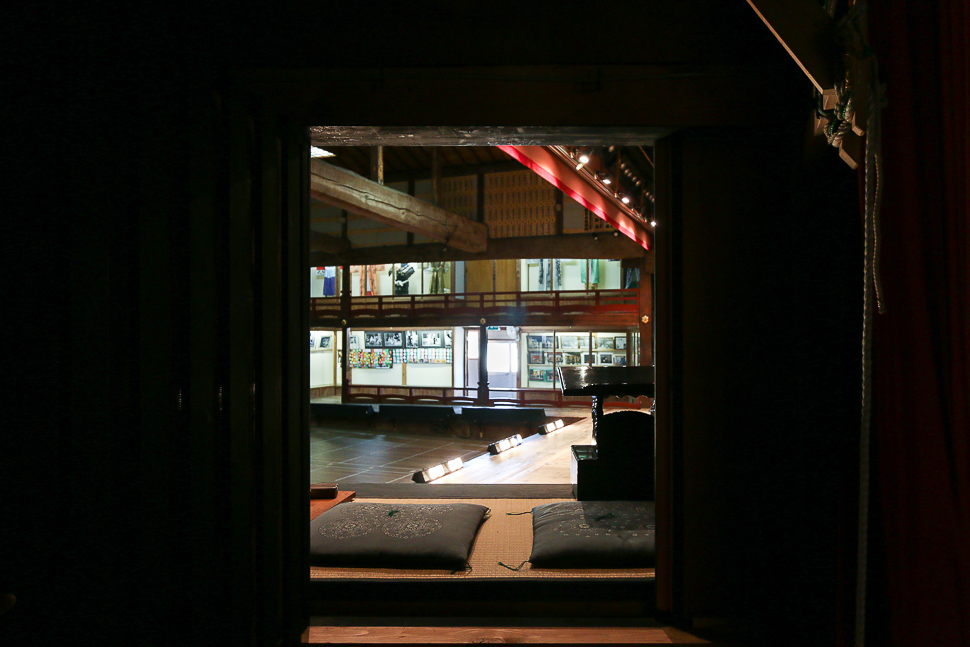
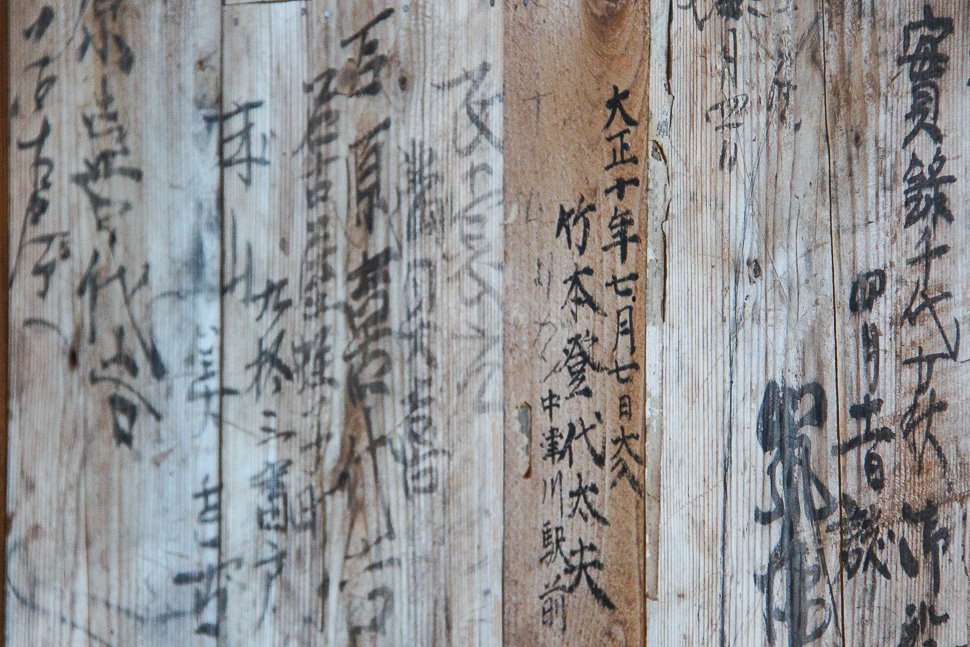
Kabuki classes for children are also held on Saturdays, teaching them the art of music, acting and make-up. I hear that the children have gone overseas several times on exchanges promoting kabuki, and I think it would be interesting to see a kabuki play performed by kids one day.
After the tour, it was time to wear kabuki costumes and get all made-up which is an experience offered at Aioiza for an additional fee (advance reservations are required). My models gamely allowed their faces to be covered in kabuki make-up and donned the elaborate embroidered costumes. It took about 40 minutes to transform my models from their regular outfits to full kabuki regalia and make-up, and we had a short lesson from Oguri-san on moving, posing and speaking in character. It was all much fun and entertaining, and before I knew it, it was time to leave.
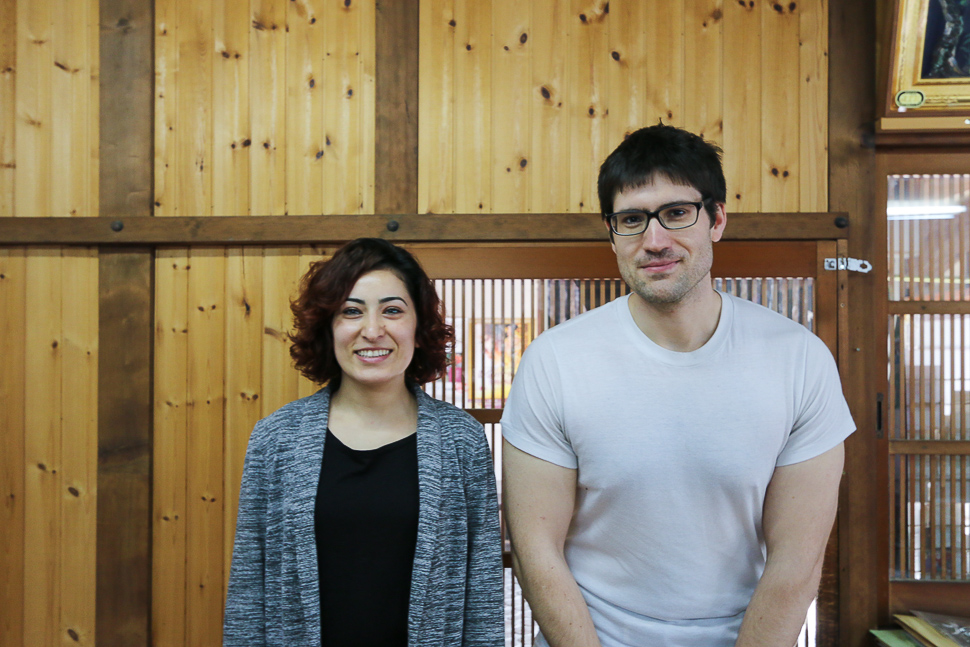
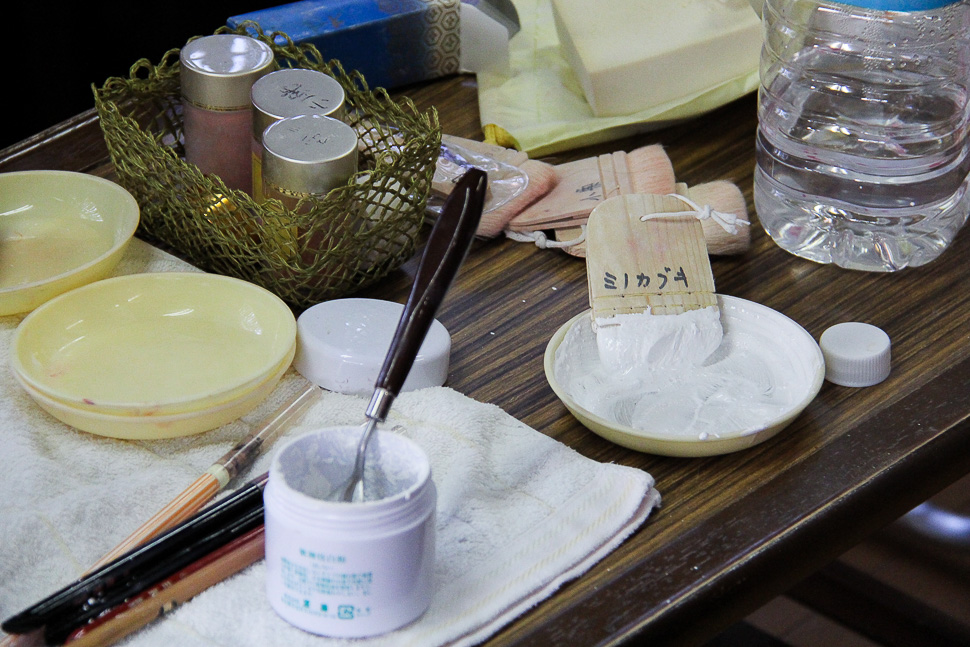
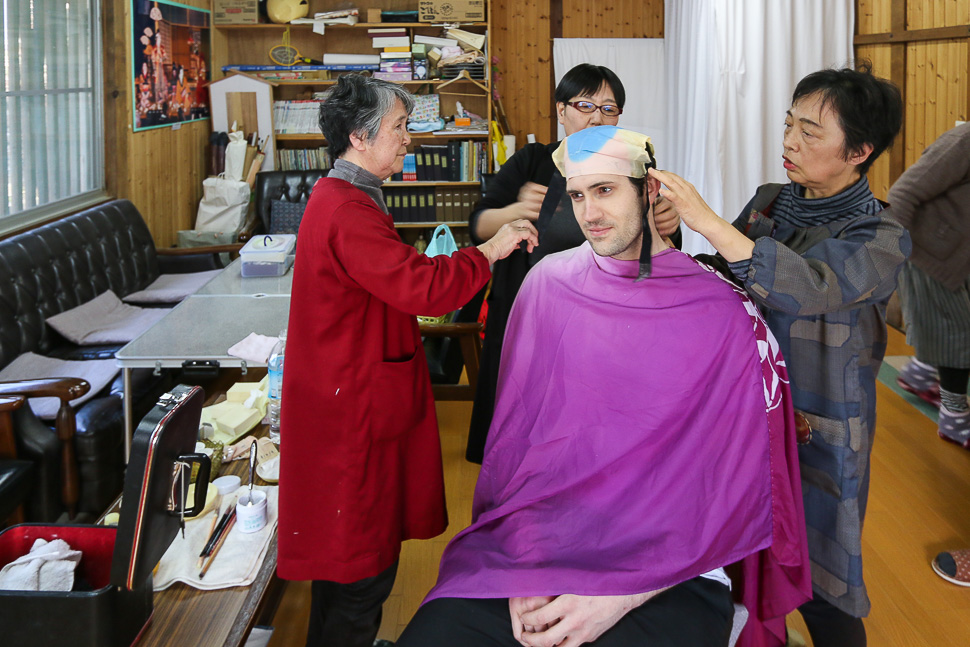
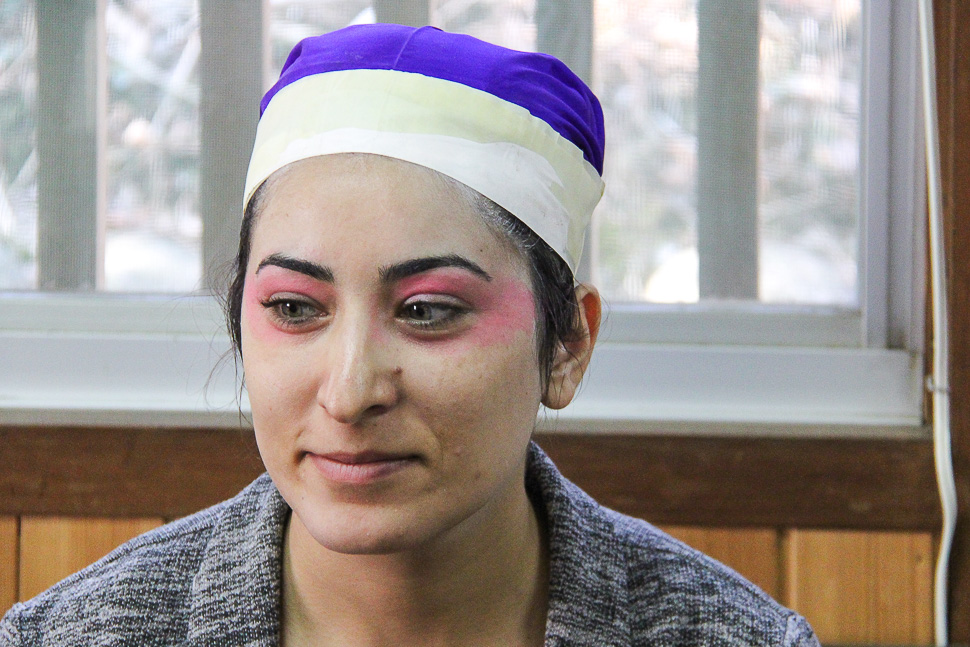
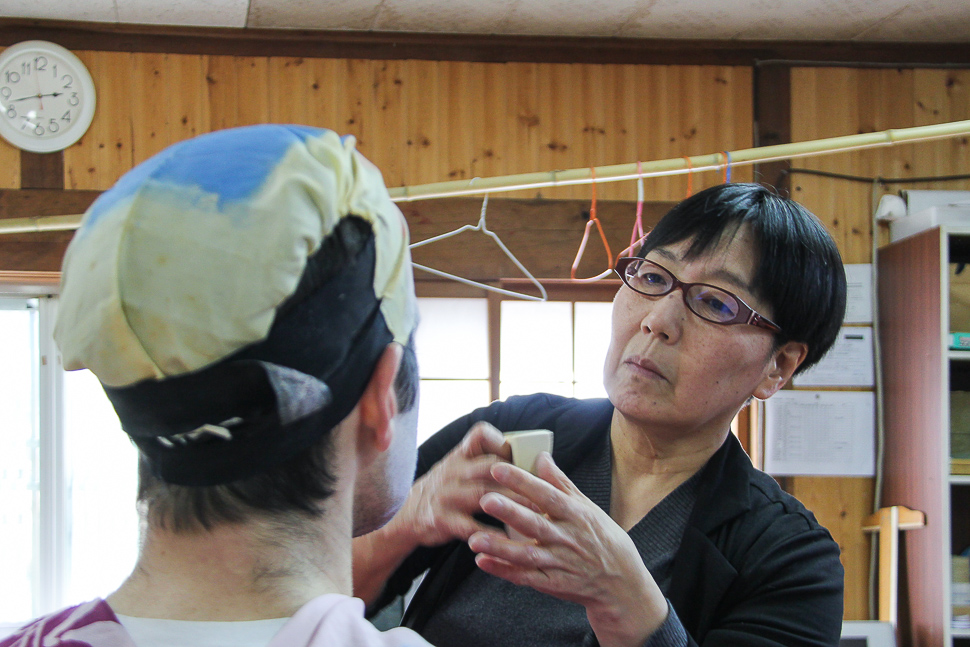
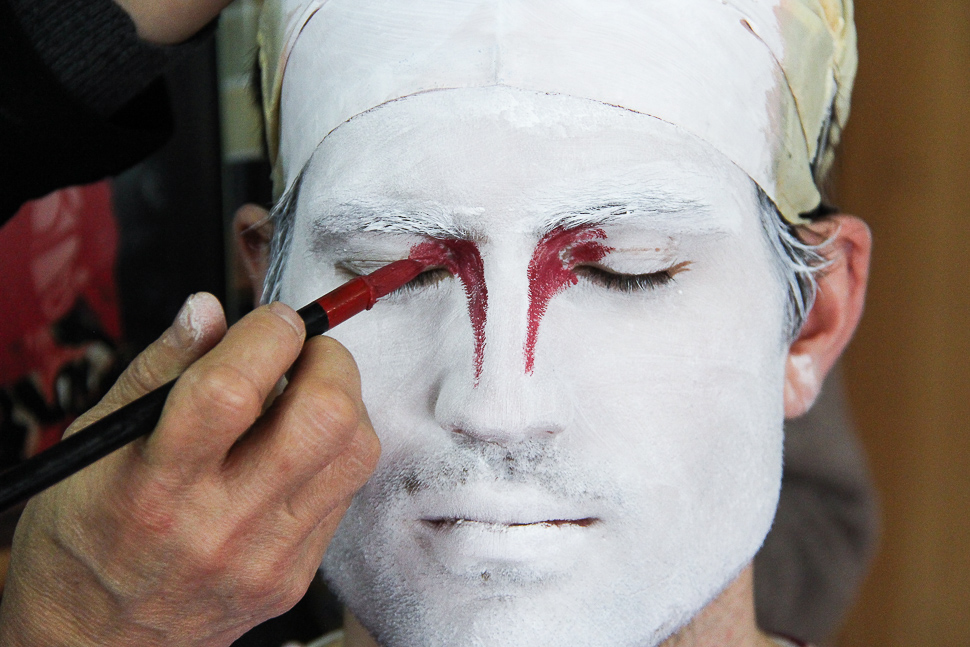
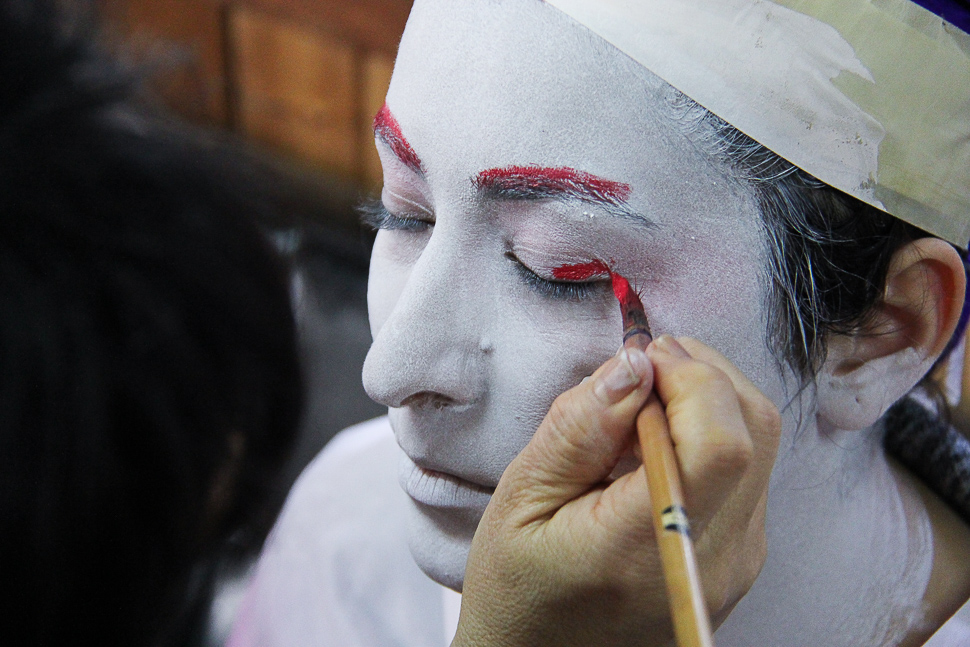
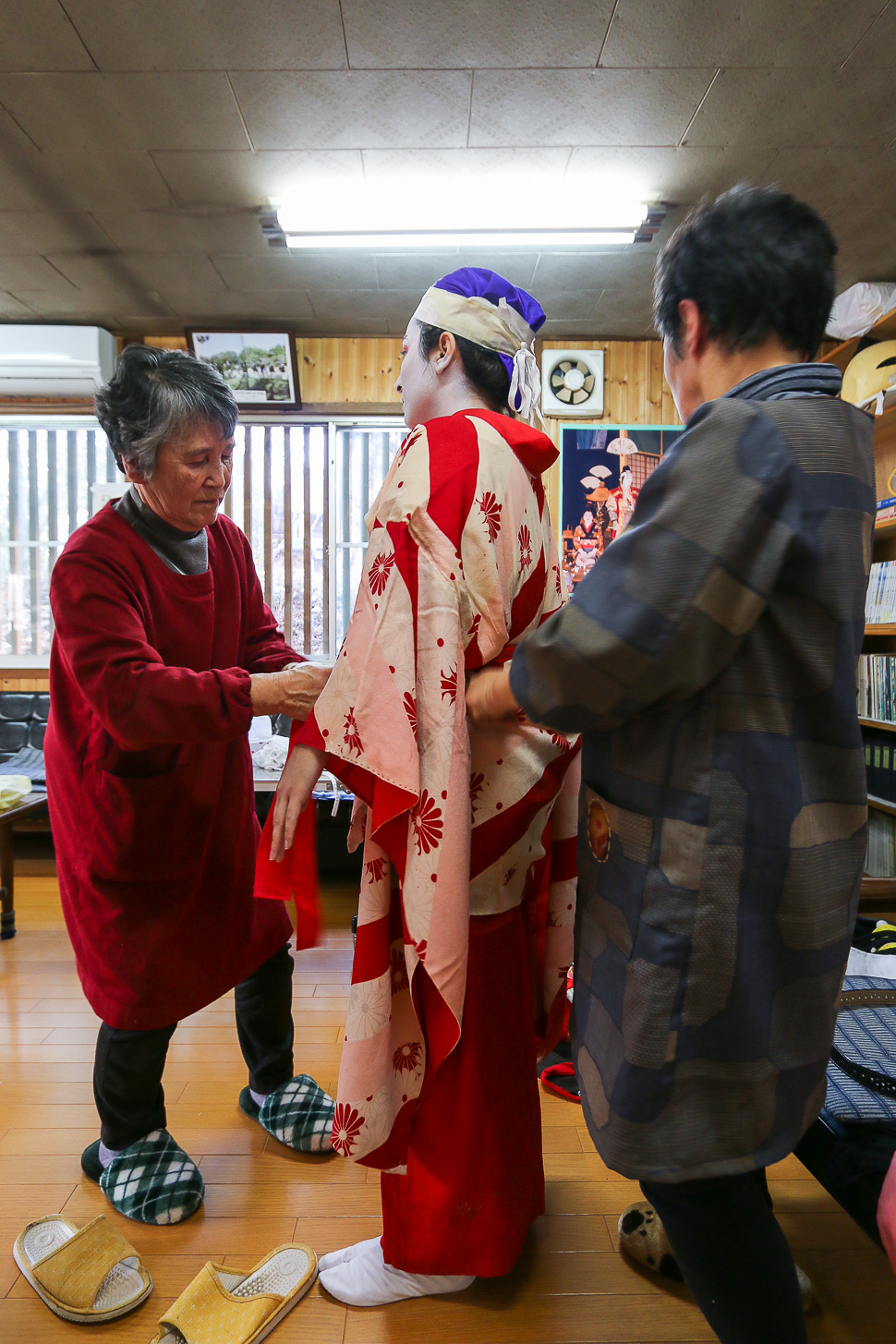
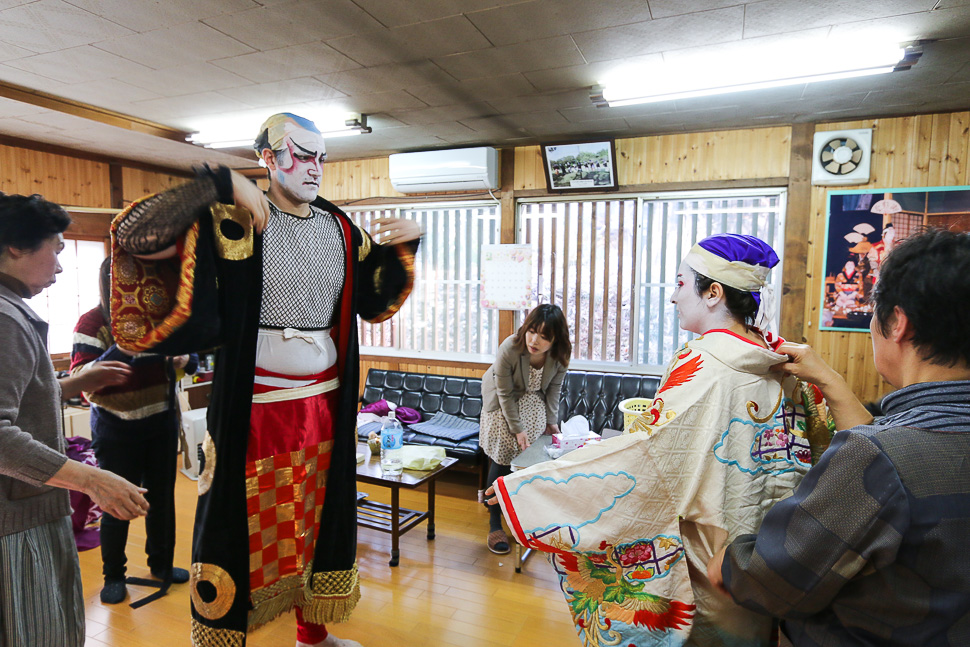
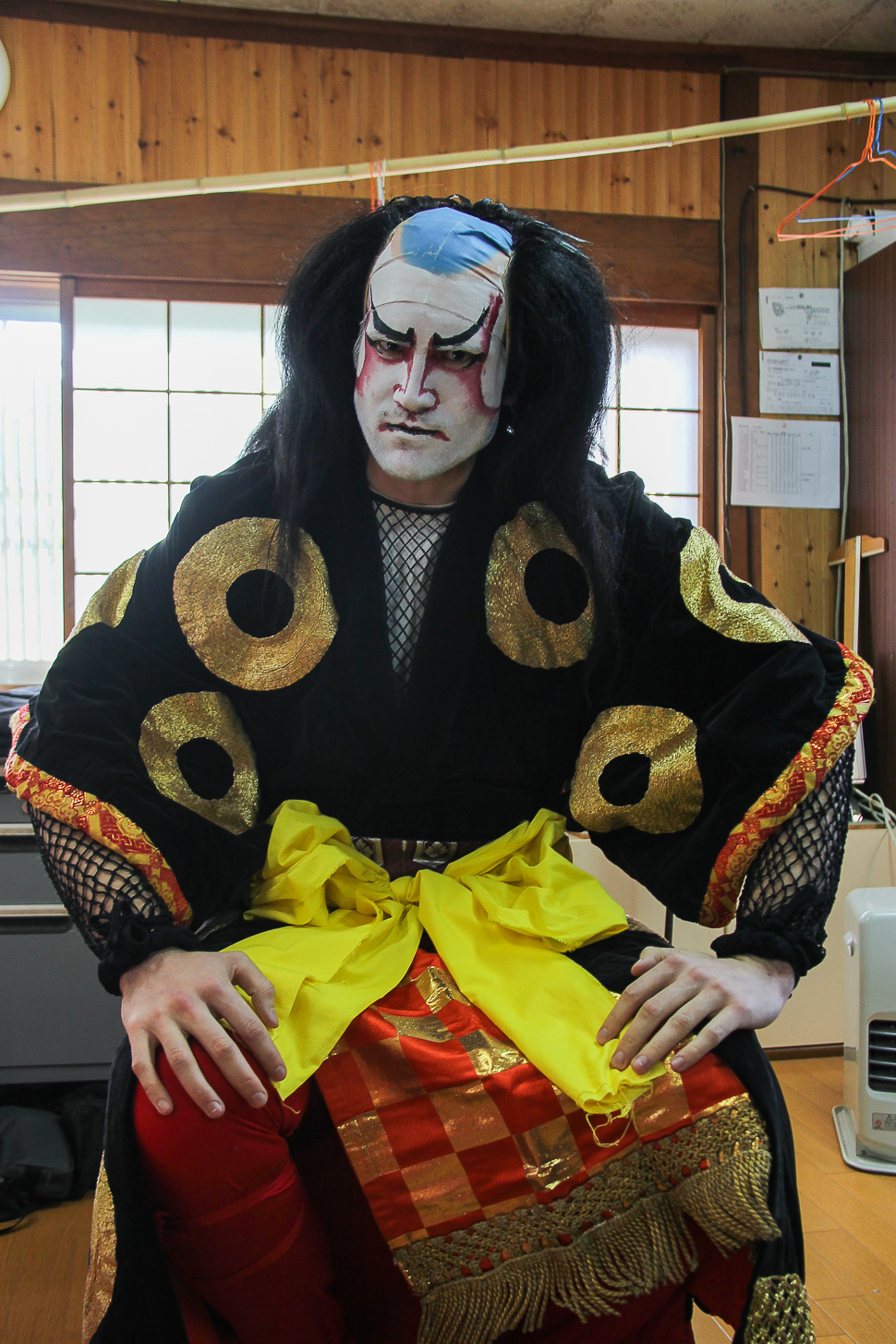
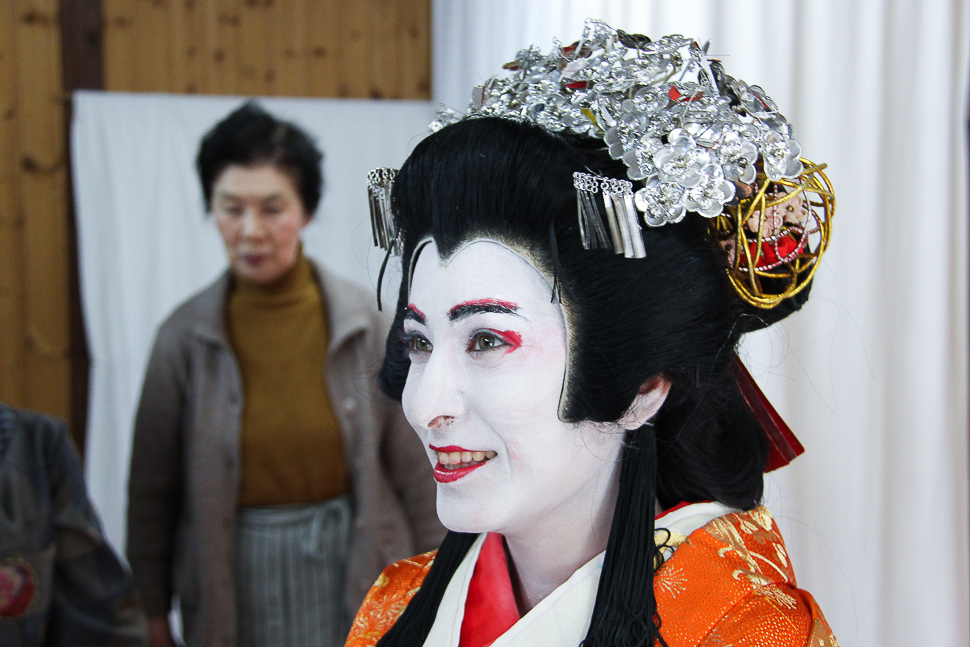
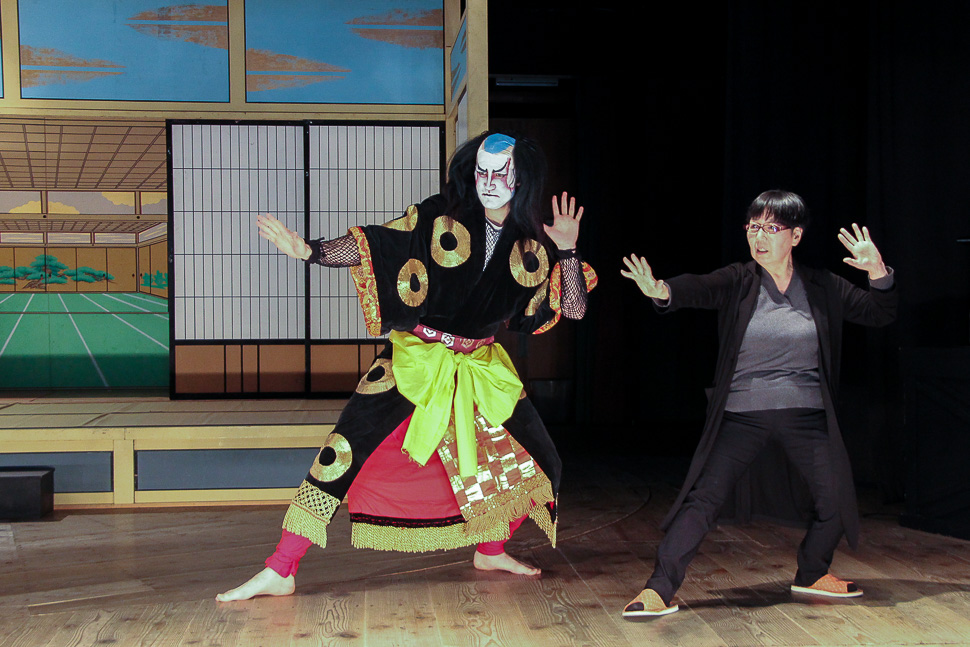
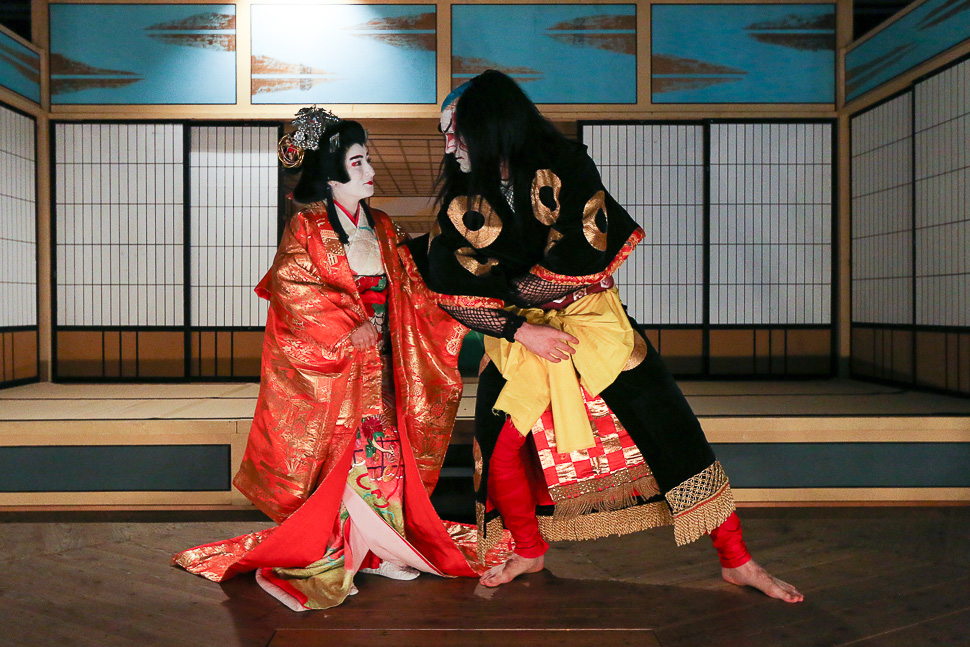
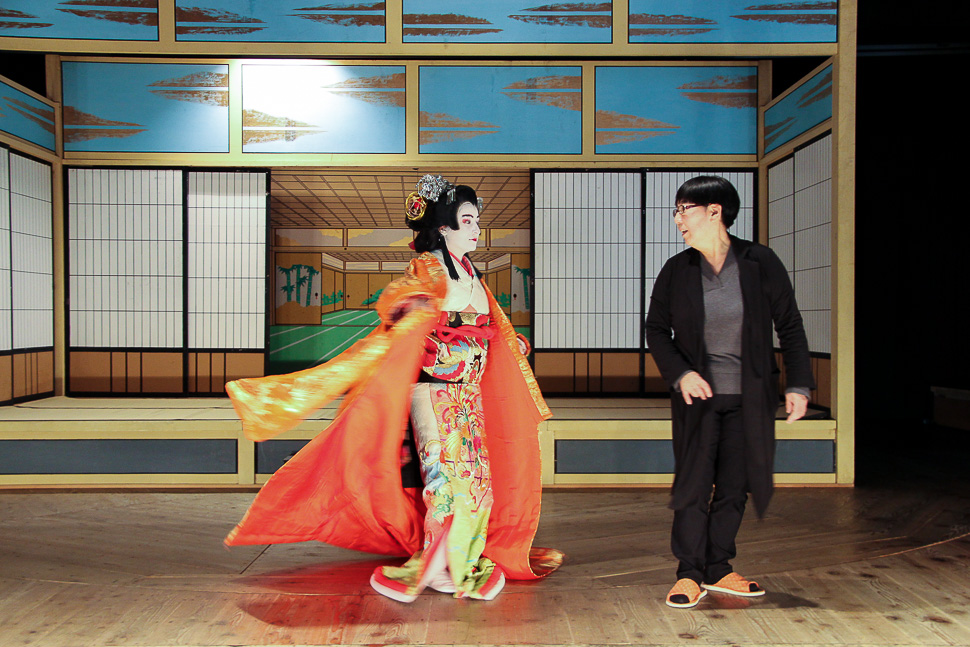
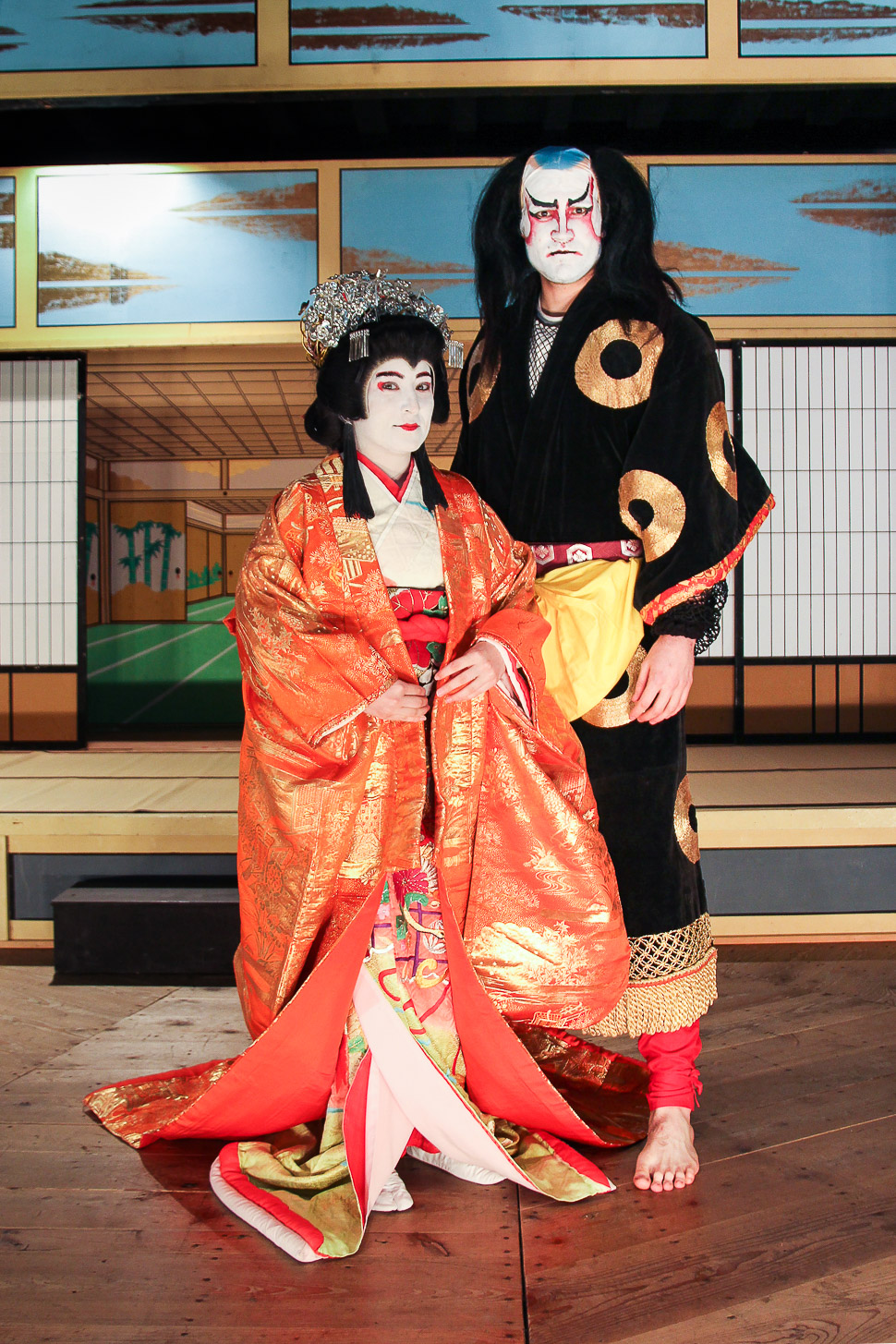
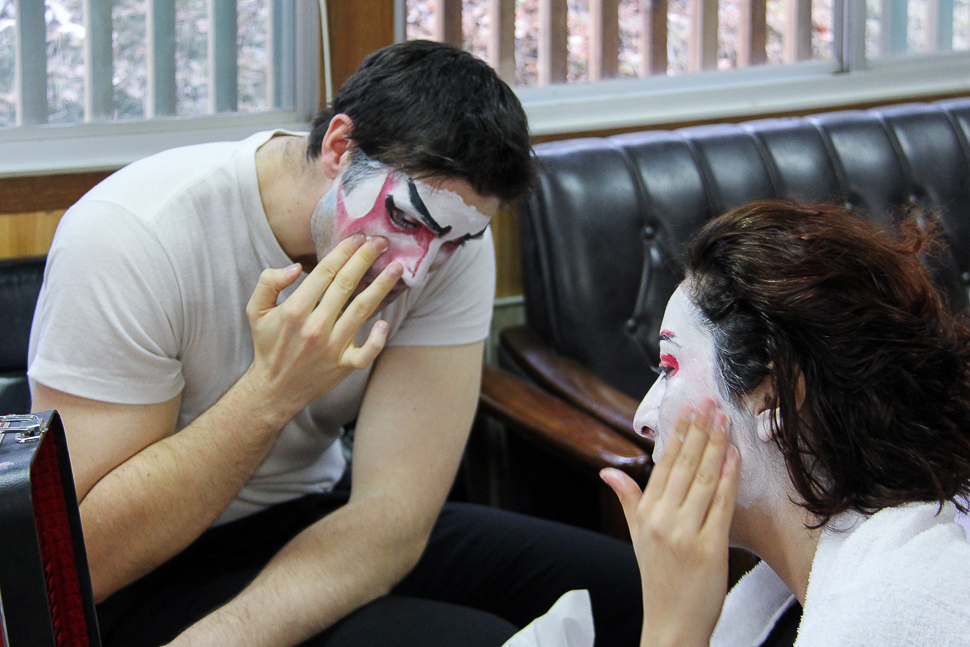
The next part of my trip was to Hououza, a jikabuki theater 20 minutes outside Gero Onsen, which offered a special performance with English and Chinese (Mandarin) subtitles tonight. Before the play started, the hosts explained two ways of supporting the actors: omuko (the calling-out of an actor's name at the right moment) and ohineri (money wrapped in paper to resemble flowers that are thrown onto the stage). They also briefly summarized the play we were about to watch which I found especially helpful in order to better understand the action. It also helped that tonight's kabuki play was a light-hearted comedy which the actors performed skillfully, transcending the need for the knowledge of Japanese.
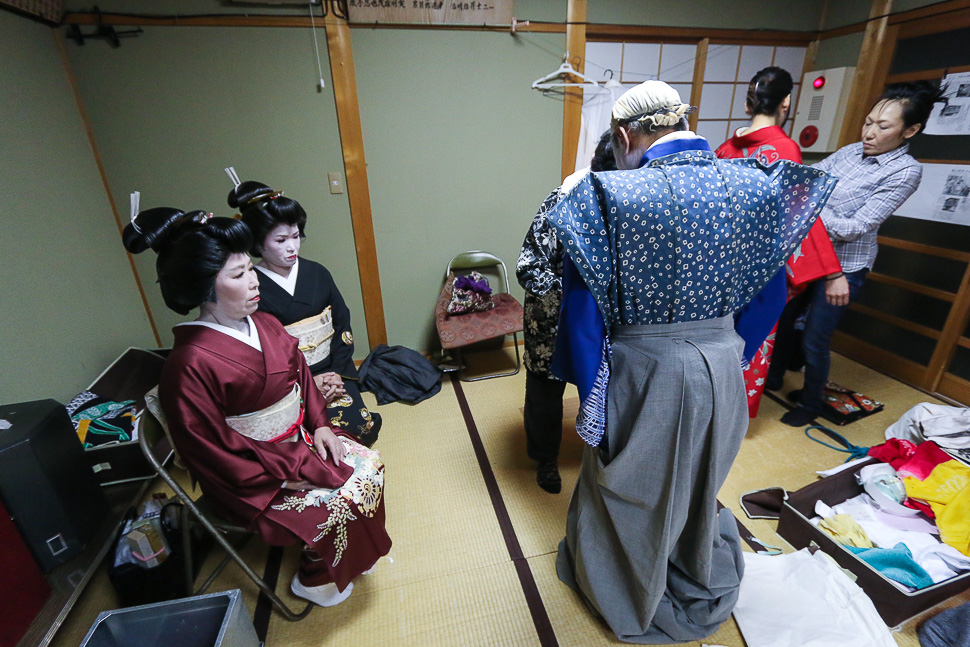
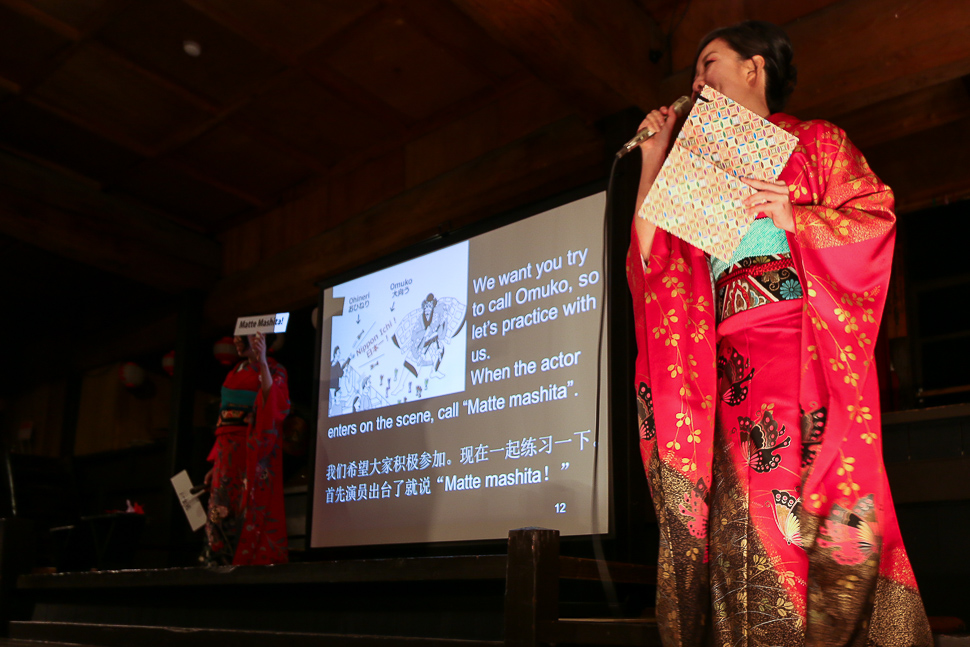
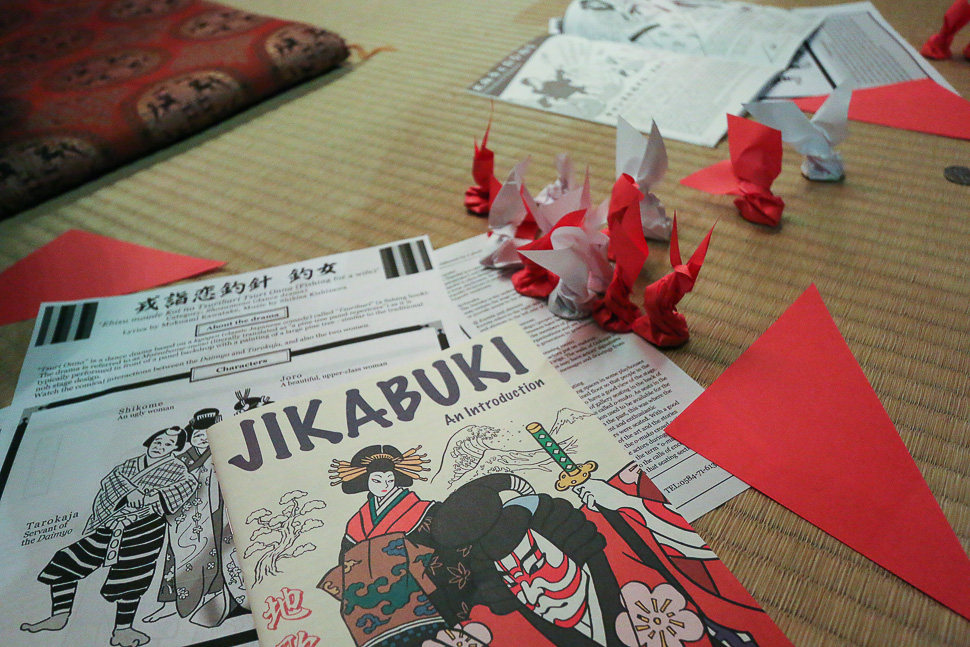
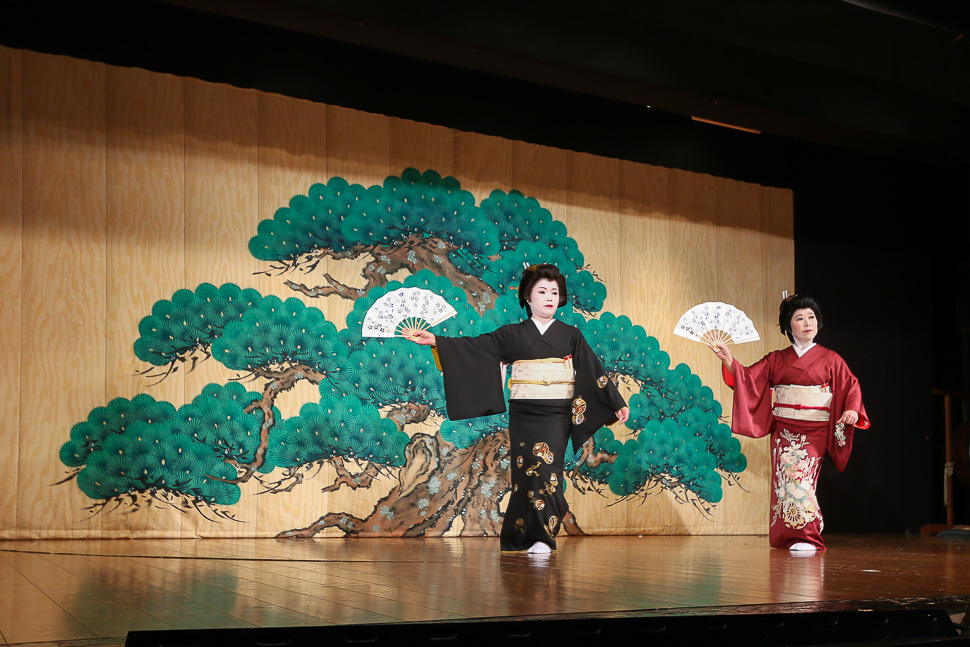
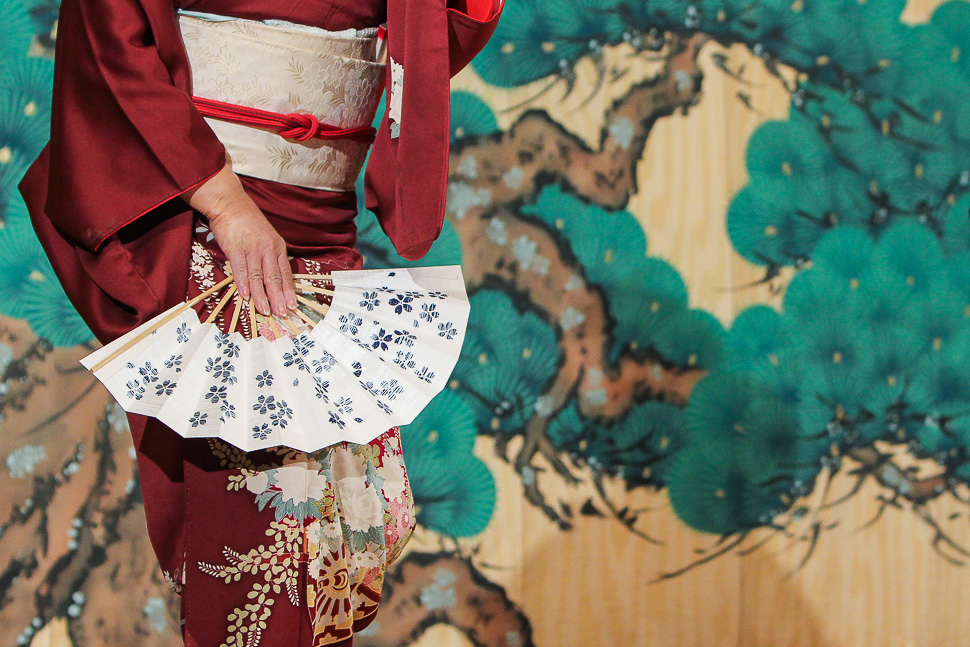
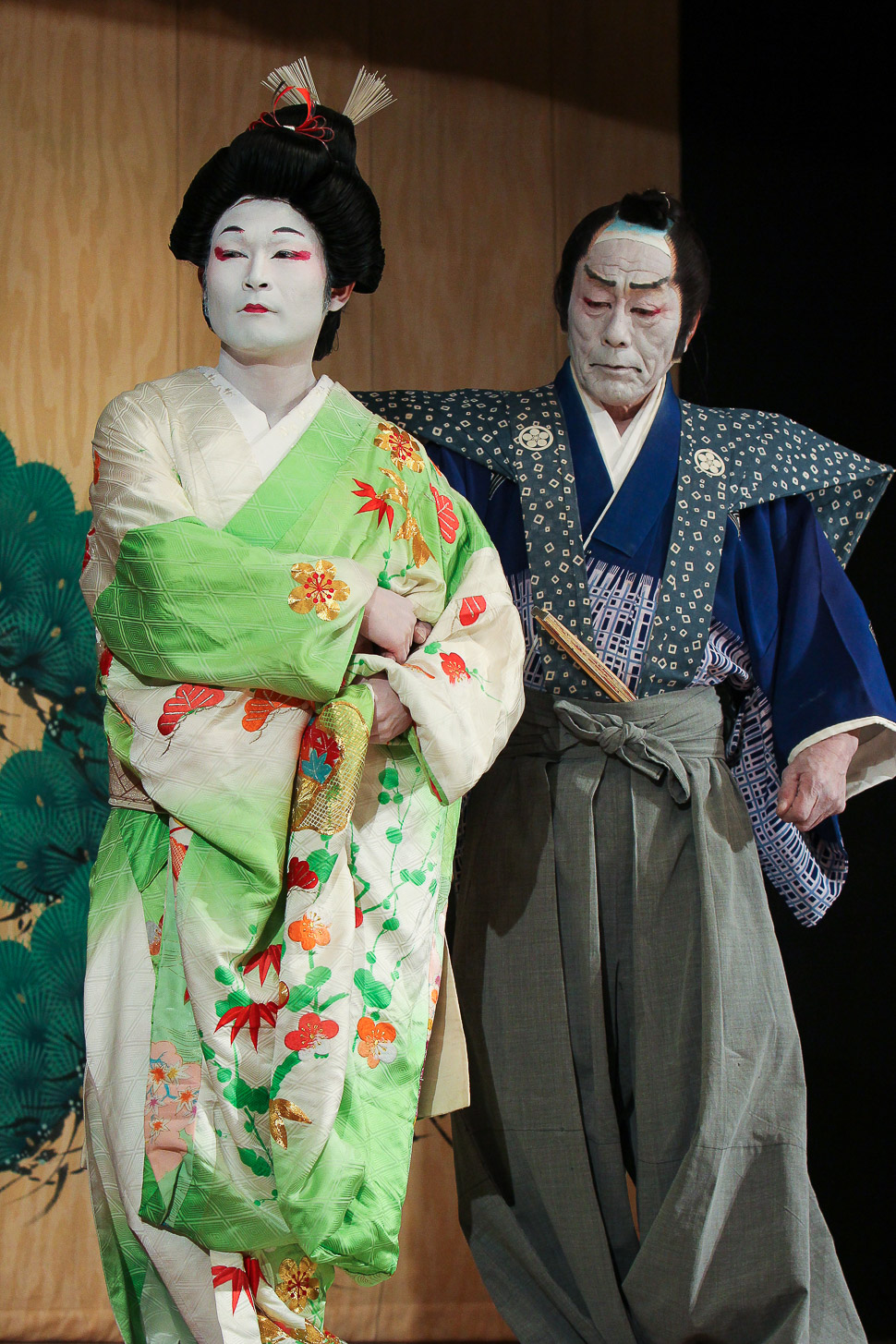
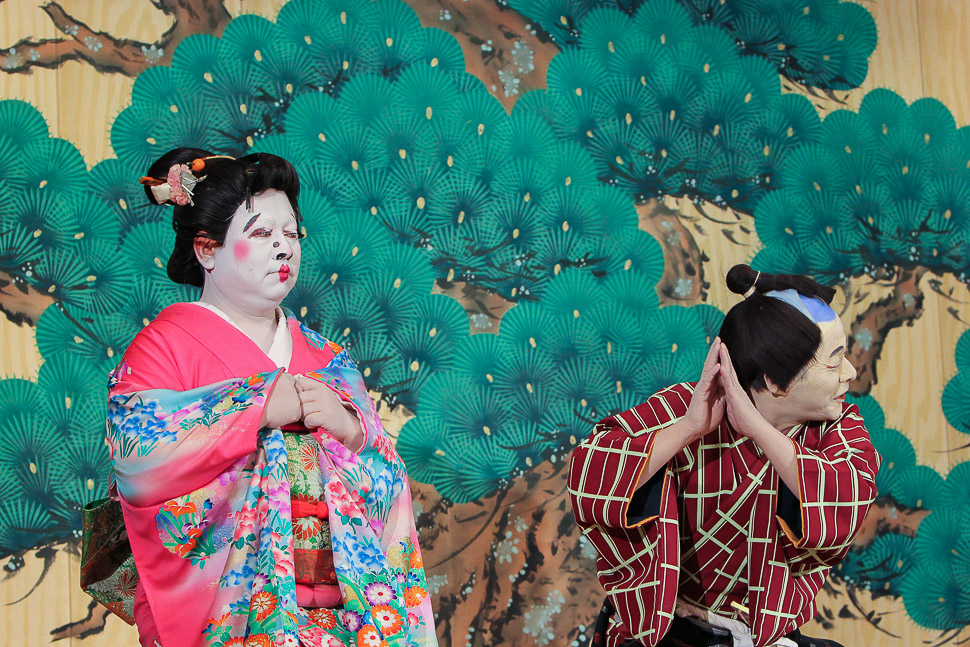
After the final curtain call, the audience was invited to go up to the stage and take pictures with the actors. Those who wanted could also don the outer kabuki costume jackets and walk down the hanamichi with the actors and pose for pictures. All of this would be impossible at a professional kabuki performance, making attending a jikabuki event such a unique experience.
The next three jikabuki special events will be the Tono Nakatsugawa Kabuki Preservation Society Kabuki Festival on March 6, the special fun package in Magome-juku on March 26, and the Tokiwa-za Kabuki Performance on March 27, 2016. Advance reservations are typically not required. The events include an introduction to jikabuki, watching a kabuki performance and a photo opportunity with the actors. Those who are looking to experience kabuki for the first time should consider participating in at least one of these for a local insight into the art.
For reservations: http://www.jikabuki.net/
Access information: http://www.jikabuki.net/visit/
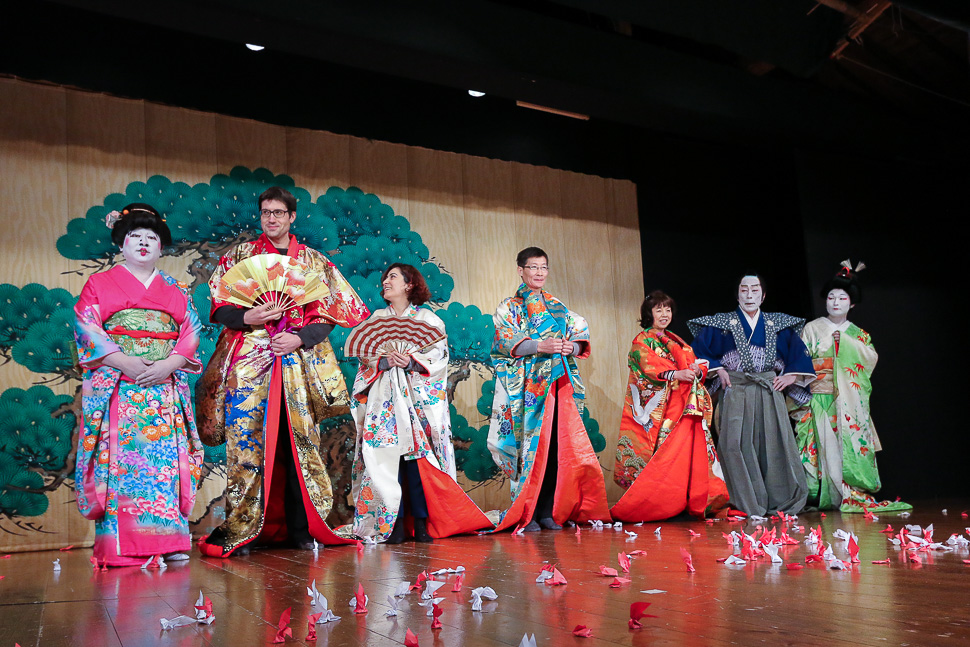
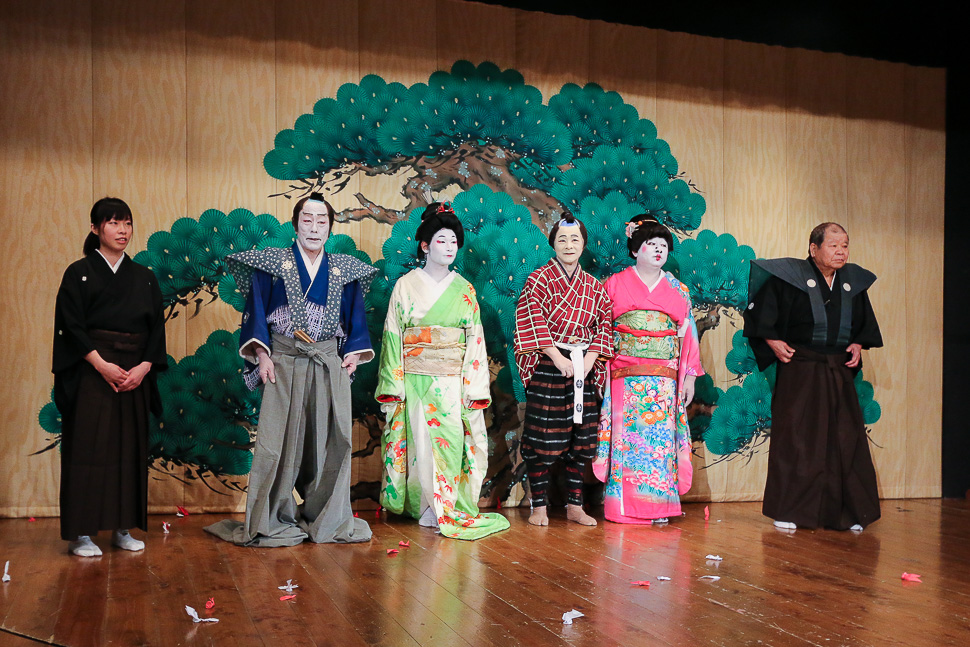
I started my day with a brief idea of what kabuki was about and ended with a deeper understanding of the amount of work that goes into making a successful kabuki play - from the skill that goes into creating the detailed costumes, the elaborate make-up, and actors mastering exaggerated and highly-stylized movements to convey different emotions and meaning, to audience participation to support the actor. Having the short lesson at the beginning of the play of how to interact at a jikabuki performance also increased my appreciation and enjoyment of the show. I am already looking forward to going to attending my next kabuki play armed with my new-found knowledge.
